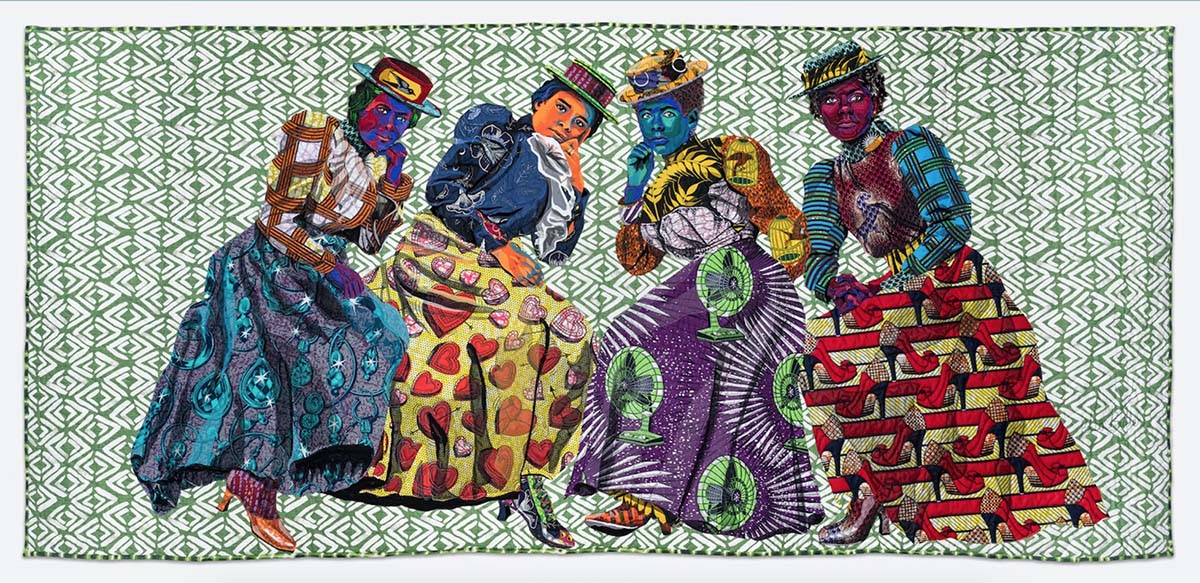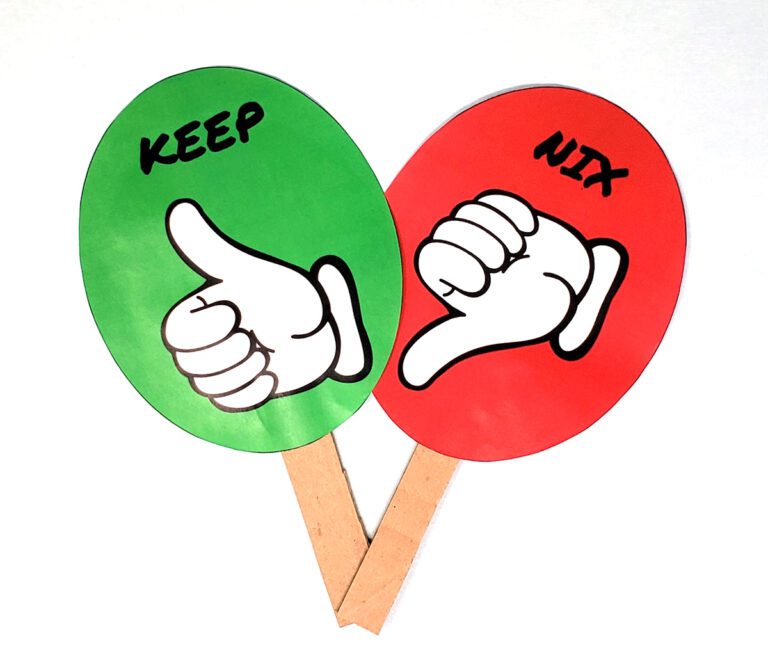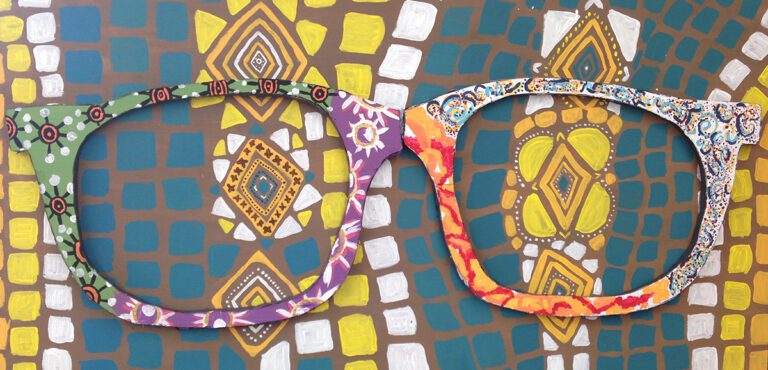Surprise yourself with how much you’ve grown this year! The end of the school year is a crazy time filled with a whirlwind of activities. But before you get swept away in the madness, intentionally reflect on your year and take pride in what you’ve learned.
Thinking back on where you started and where you are now can build your reflective teaching practice. It can also increase adaptability, problem-solving skills, self-efficacy, confidence, and more. Tap into the benefits of reflection with some help from these famous artworks. Answer these questions to begin processing the year you’ve had.
The questions inspired by these artworks will help you reflect on the challenges you’ve overcome, the connections you’ve made, and the ways you’ve grown this year.
Note: Be sure to review all resources and preview all artists to determine if they are appropriate to share with your students.
Challenges You’ve Overcome
1. What have you found particularly frustrating? How did you deal with it?
Maybe your art room always looked like Jackson Pollock’s One: Number 31, 1950, pictured below. Or, you just couldn’t get your students to store their brushes with the bristles up, no matter how hard you tried. Whatever inevitable frustration you faced this year, developing a little resilience will go a long way in helping you keep your cool when you reencounter it.
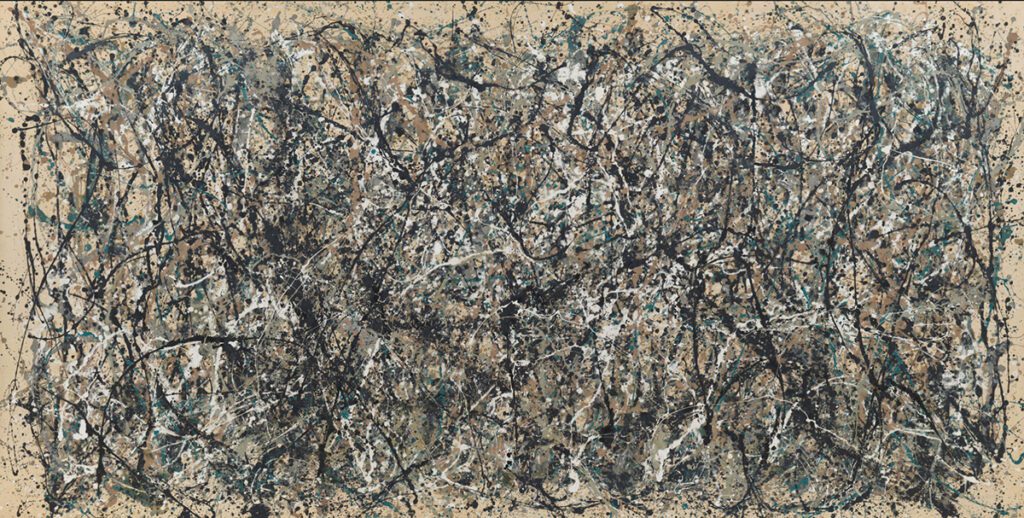
2. What caused you the most stress? What did you do to manage it?
Some days it may have felt like you had a full-on Kara Walker scene in your art room like the one in Darkytown Rebellion. On other days, it may have been the struggle to juggle too many responsibilities at once that got to you. So many stresses, large and small, routinely afflict your professional and personal life. Consider reappraising some of this stress to improve your mental health and prevent burnout.
Here are some more resources to help you manage stress:
- Reduce Art Room Stress by Taking These 8 Things off Your Plate
- How to Effectively Save Mental Time and Energy Using Circles of Control
- Curbing Art Teacher Burnout Pack in PRO Learning
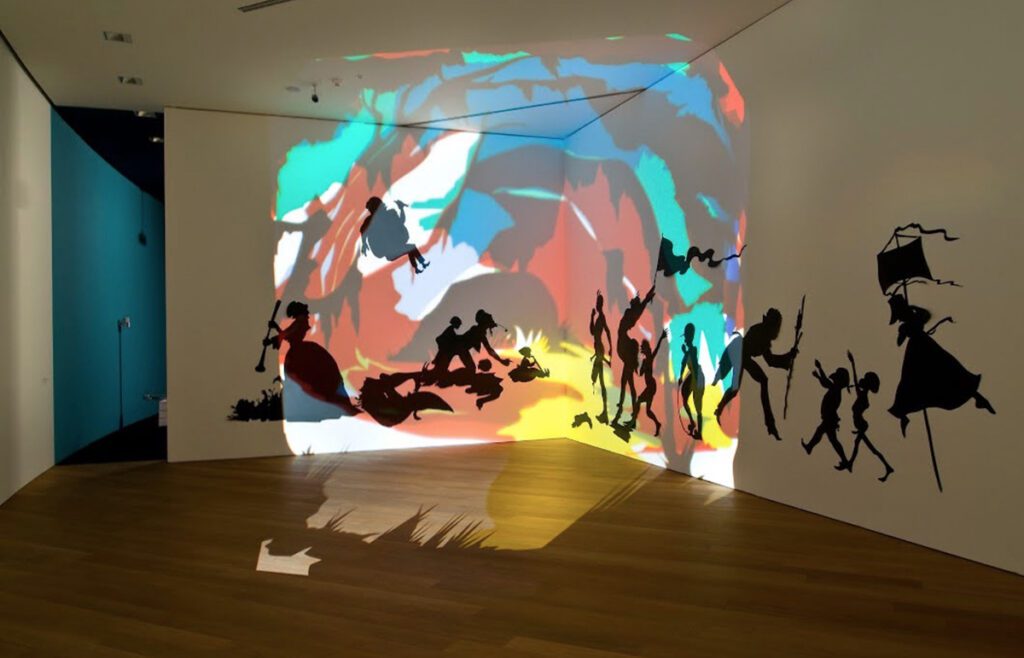
3. What was one of the biggest mistakes you made? What did you learn from it?
The list of everything you could have done better may be running through your mind’s eye. If so, you probably wish you had a Claus Oldenberg-size broom like the one in Big Sweep to brush all of your mistakes under the rug. However, you are better for what you have been through. So, instead of beating yourself up, use your growth mindset to view every “mistake” as an opportunity to learn!
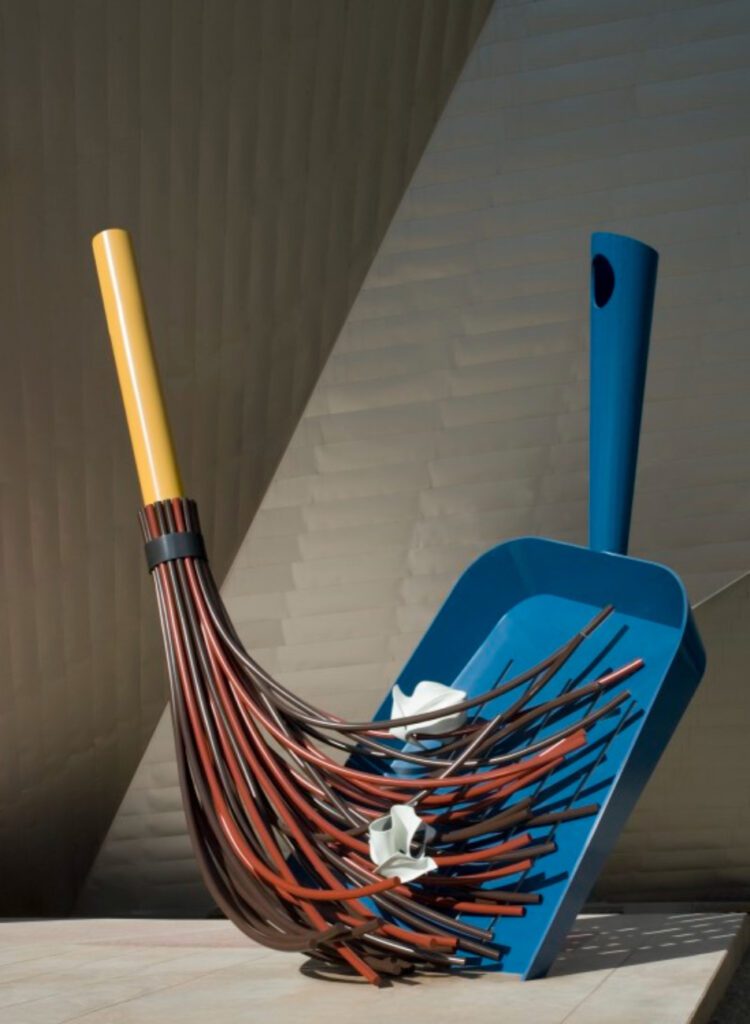
Relationships You’ve Built
4. How did you connect with your most challenging students?
Do you remember Jean-Michel Basquiat, the rebellious, high-school dropout turned artistic prodigy? Reframe how you think about the students who try your patience every art class. If Basquiat managed to create Untilted (1982), one of the most expensive paintings ever sold (ringing in at over $110 million), there’s no telling what your students may do one day!
Here are some resources to help with more challenging students:
- 6 Ways to Build Great Relationships With Students in the Art Room
- “Strategies for Defusing and De-escalating Behaviors (Ep. 288)”
- Motivating Reluctant Learners Pack in PRO Learning
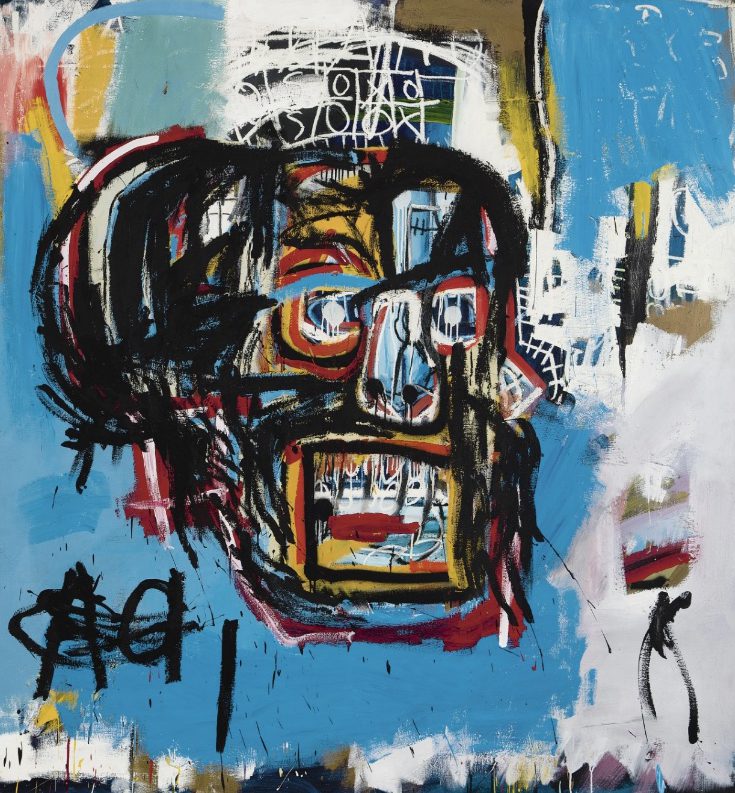
5. How did you and your colleagues have each other’s backs?
You may have given the yearbook team some design inspiration and class time. Your colleagues may have advocated for your behavior management initiative. Maybe it was as simple as being a sounding board to share all of the classroom “tea,” like in Mary Cassatt’s The Tea, pictured below. Now that you are rock stars at supporting each other, consider taking your skills into the classroom with some interdisciplinary collaboration!
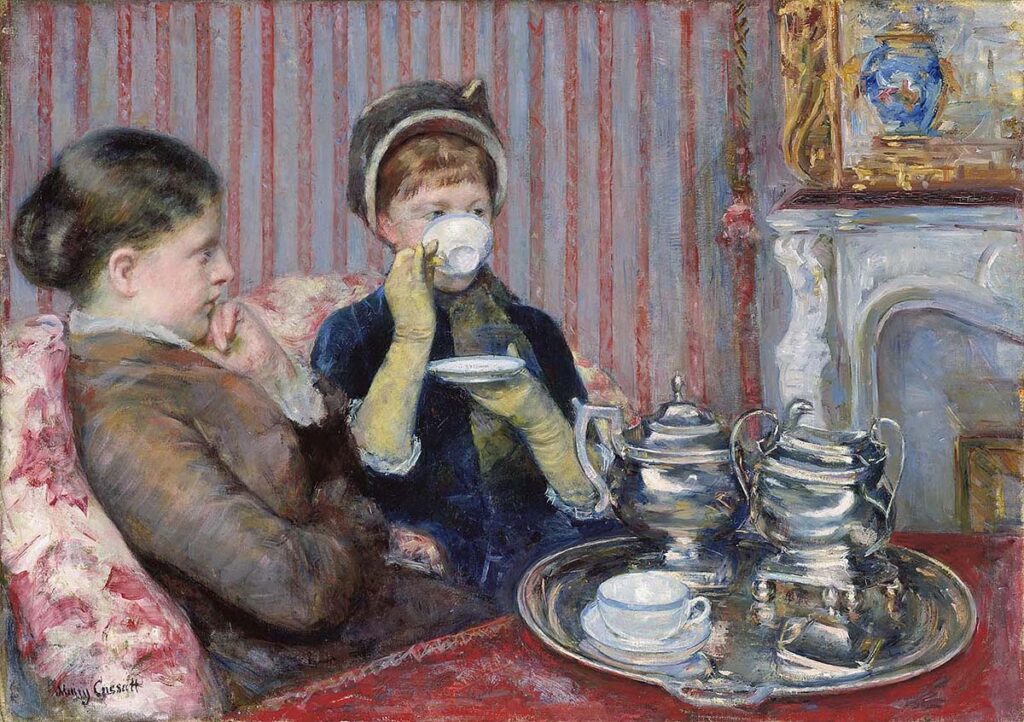
6. How did your students inspire you and bring you joy?
The young artists you work with consistently make the top of the list when you consider your “why.” Their discovery, inquiry, imagination, and creativity motivate you to show up daily. Moment by moment, you can amass the joy your students bring you into a bouquet bigger than Diego Rivera’s Vendedora de Flores. Choosing joy in this way prepares you to face any future inevitable challenges!
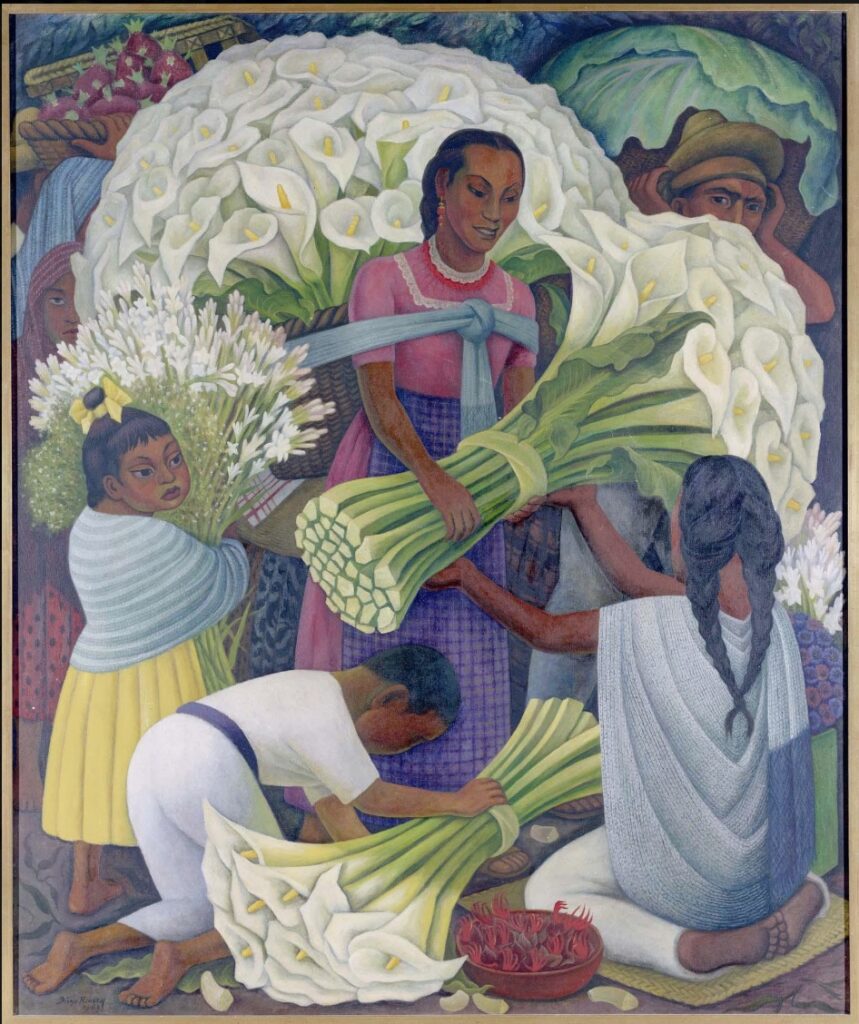
Ways You’ve Grown
7. What are some things you accomplished that you are proud of?
Though you may not have created an artwork as iconic as Hokusai’s The Great Wave off Kanagawa, you have done some fantastic things this year! You inspired astounding creativity, corralled out-of-control art enthusiasts, cut thousands of pieces of paper, and so much more. So give yourself a little recognition for how hard you’ve worked. Then, when you finish, consider who else might need a pat on the back and give it to them.
Here are some resources to help you recognize what to be proud of:
- What We Love About Art Teachers, Why They Are Important, and Why Art Matters
- 6 Reasons Why Being an Art Teacher Post-Pandemic Is Still the Best Job Ever
- 10 Strange, Amazing Skills You Will Develop as an Art Teacher
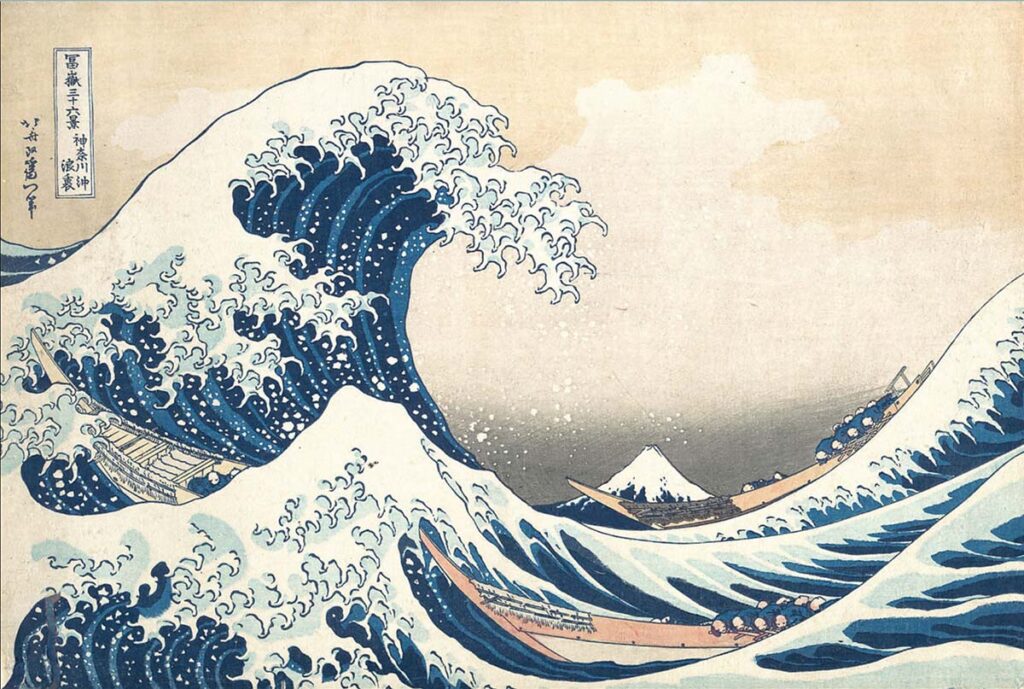
8. What did you try that went better than you thought it would?
Taking risks can contribute to a positive mindset shift in your art room. As an art teacher, you’re no stranger to the thrill of trying something new. Sometimes, you fail epically. Other times, you are pleasantly surprised. You know embracing the unknown is part of the process. After all, Bisa Butler probably didn’t know what to expect when she first started making bold, colorful quilts like I Know Why the Caged Bird Sings. And look how it turned out for her!
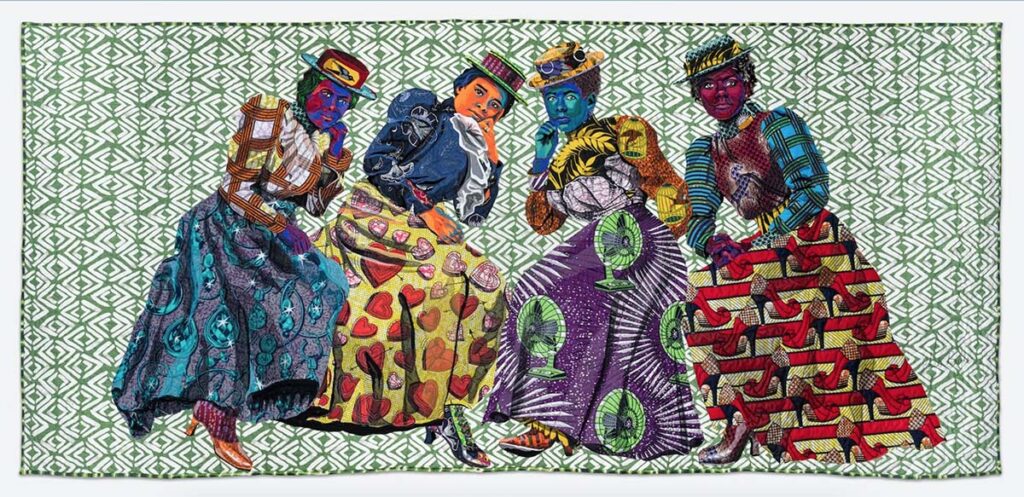
9. How are you different now than at the beginning of the year?
If only your beginning-of-the-year self could see you now! Despite knowing time and circumstance have a natural effect on you, somehow, it’s still mind-boggling to confront this reality. You have blossomed this year, just like Van Gogh’s Irises pictured below, and you are more spectacular than ever!
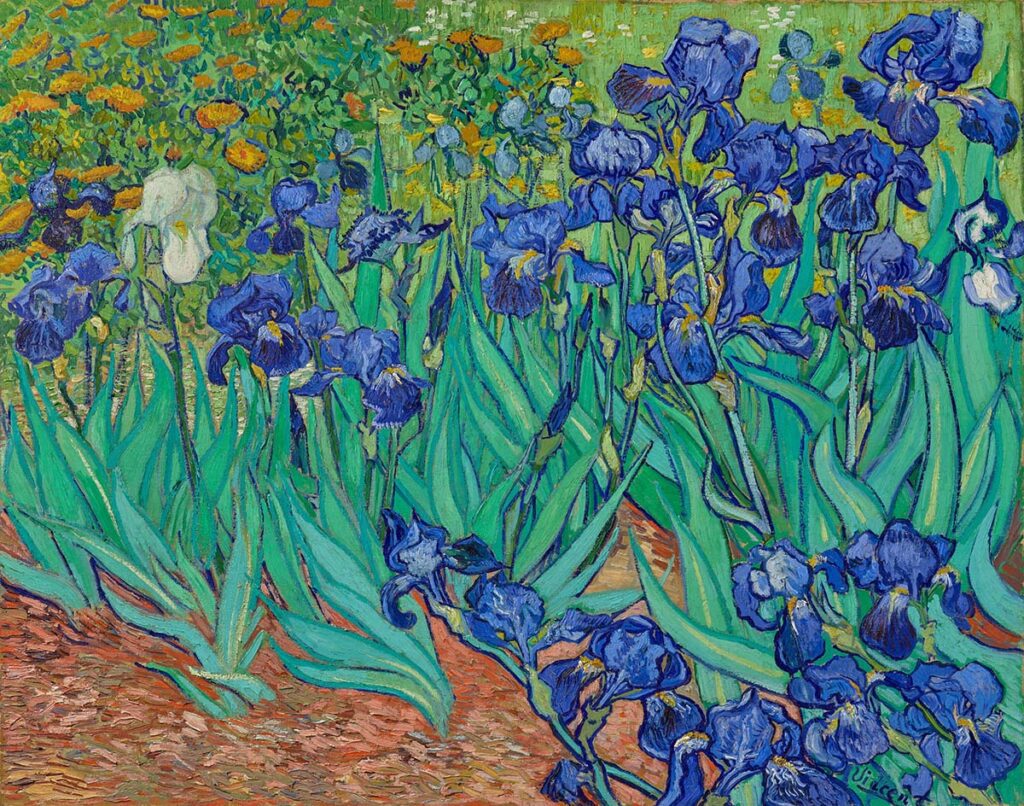
Wow—you’ve been through a lot this year! You faced stressors and frustrations, connected with your students and colleagues, and accomplished much more than you realized. So sit back and let your growth sink in. You have a lot to be proud of! Before taking on the end-of-year craziness, there‘s just one final question for you to answer: How will you celebrate a job well done?
How did your reflection on these questions surprise you?
What self-reflection questions would you add to this list?
How will you celebrate a job well done?
Magazine articles and podcasts are opinions of professional education contributors and do not necessarily represent the position of the Art of Education University (AOEU) or its academic offerings. Contributors use terms in the way they are most often talked about in the scope of their educational experiences.
